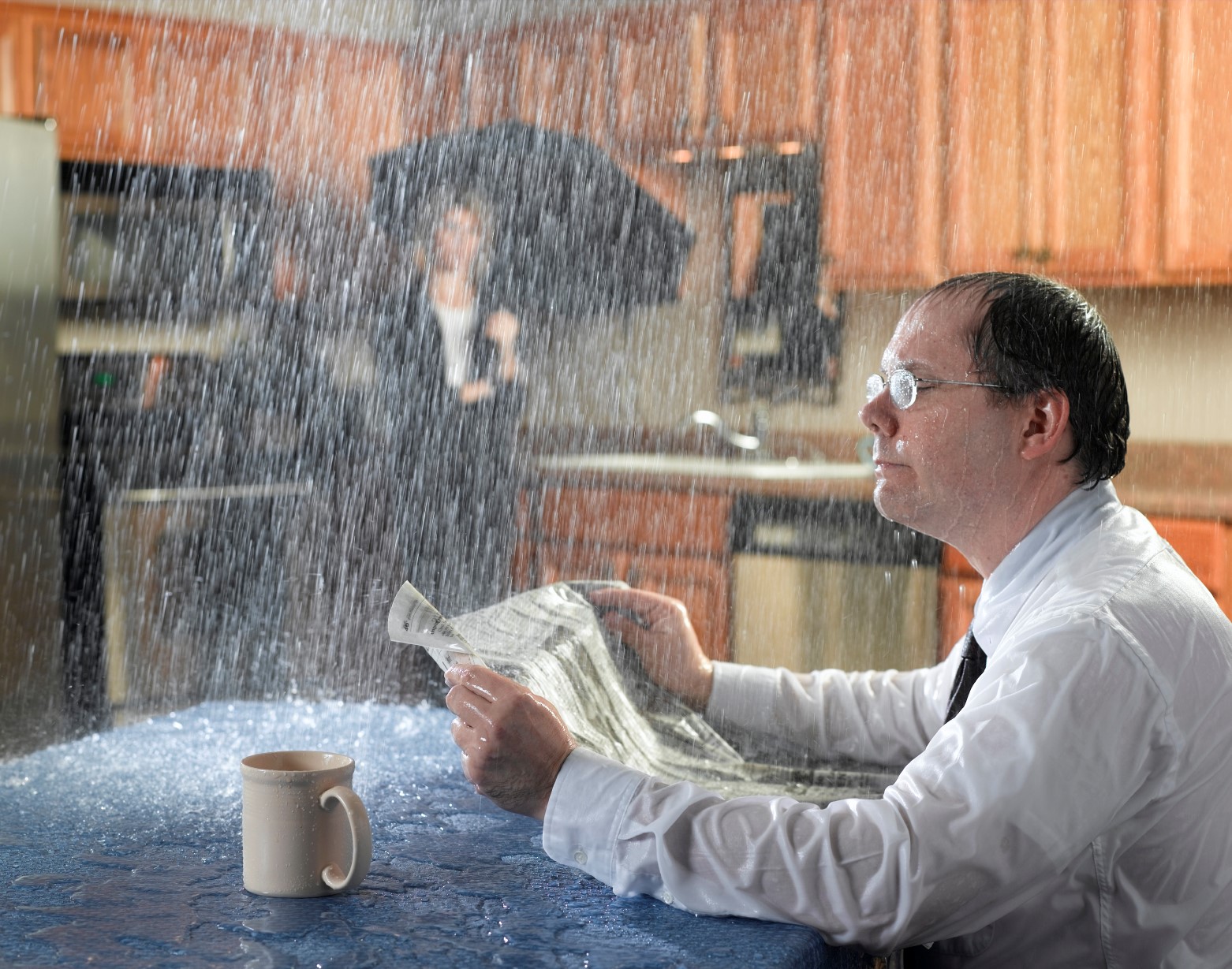Spot Major Triggers for Water Leakage Within Your House
Spot Major Triggers for Water Leakage Within Your House
Blog Article
What are your ideas about How to Find Water Leaks?

Leakages not just cause waste of water but can also create unneeded damage to your home and also promote unwanted natural growth. By looking and also comprehending for daily situations that create leaks, you can protect your home from future leaks and also unnecessary damages.
Elbowing in roots
Most water leakages begin outside the home instead than inside it. You might see damp spots or sinkholes in your lawn, and that could mean that tree roots are invading water lines creating water to leak out.
Corroded water supply
This might be the cause of staining or bending on your water pipes. If our plumbing system is old, think about replacing the pipes considering that they are at a greater risk of corrosion than the newer designs.
Malfunctioning Pipeline Joints
The point at which your pipelines connect is often the weakest link in the waterline. Pipe joints can degrade over time, leading to water leaks. The bulk of pipeline joints are not easily visible. If you have noisy pipelines that make ticking or banging sounds, especially when the warm water is activated, your pipe joints are most likely under a lot of pressure. It is advisable to have your plumber examine your system annually.
Instant temperature level adjustments.
Severe temperature level changes in our pipes can trigger them to expand and contract unexpectedly. This expansion and contraction might cause splits in the pipelines, particularly if the temperature level are below freezing. It would certainly be best if you kept an eye on exactly how your plumbing works. The presence of the previously mentioned circumstances frequently shows a high risk.
Poor Water Connectors
At times, a leak can be created by loose hoses and also pipes that provide your home appliances. In situation of a water links leak, you may see water running directly from the supply line or pools around your appliances.
Blocked Drains
Obstructed drains may be aggravating and inconveniencing, yet they can sometimes end up creating an overflow resulting in rupture pipelines. Maintain removing any type of products that may decrease your drains pipes that can clog them to prevent such hassles.
All the above are root causes of leaks but not all water leakages arise from plumbing leaks; some leaks may originate from roof leaks. All leakages should be repaired promptly to avoid water damage.
Leaks not just cause waste of water however can likewise create unneeded damages to your home and promote undesirable organic growth. By recognizing and also looking for daily circumstances that create leakages, you can shield your house from future leakages as well as unneeded damage. Today, we will look at six leak triggers that might be causing your pipes to drip.
At times, a leak can be triggered by loose hose pipes as well as pipes that supply your home appliances. In case of a water connections leak, you may discover water running directly from the supply line or puddles around your appliances.
How To Check For Water Leak In Your Home
How To Check for Leaks
The average household's leaks can account for nearly 10,000 gallons of water wasted every year and ten percent of homes have leaks that waste 90 gallons or more per day. Common types of leaks found in the home are worn toilet flappers, dripping faucets, and other leaking valves. These types of leaks are often easy to fix, requiring only a few tools and hardware that can pay for themselves in water savings. Fixing easily corrected household water leaks can save homeowners about 10 percent on their water bills.
To check for leaks in your home, you first need to determine whether you're wasting water and then identify the source of the leak. Here are some tips for finding leaks:
Take a look at your water usage during a colder month, such as January or February. If a family of four exceeds 12,000 gallons per month, there are serious leaks.
Check your water meter before and after a two-hour period when no water is being used. If the meter changes at all, you probably have a leak.
Identify toilet leaks by placing a drop of food coloring in the toilet tank. If any color shows up in the bowl after 10 minutes, you have a leak. (Be sure to flush immediately after the experiment to avoid staining the tank.)
Examine faucet gaskets and pipe fittings for any water on the outside of the pipe to check for surface leaks.
Undetected water leaks can happen without the home or business owner even realizing. If you suspect a water leak, but not able to find the source. It is time to contact a professional water leak detection service, The Leak Doctor.
How To Find a Water Leak In Your Home
https://www.leakdoctor.com/blog/How-To-Check-For-Water-Leak-In-Your-Home_AE197.html

I recently found that review on How Fast Water Damage Can Ruin Your Home while doing a lookup on the internet. Are you aware of someone else who is enthusiastic about How to detect water leaks in your home? Please feel free to promote it. I am grateful for your time. Kindly stop by our blog back soon.
Plumbing SOS? Dial! Report this page